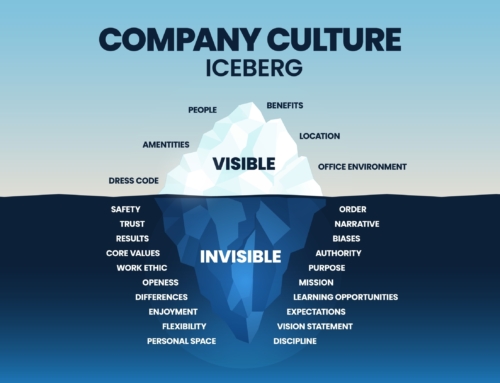Handling conflict or tension arising from: words that should not have been said, faulty assumptions about why someone has behaved the way they have, disagreement about decisions made, differences in personality, beliefs and backgrounds, or ambiguity in role and direction is never easy, especially if you are a party in the conflict. However, a conflict that is on-going and not addressed soon after you become aware of it may lower the productivity and morale of other team members. Whether you are personally involved, or members of your team are in dispute, there are just a few factors that you need to consider.

1. Conflict almost always evokes an emotional reaction.
Sometimes our emotions get out of control and we are afraid of them. Many organisations discourage emotional expression because of a belief that emotion reflects weakness, makes us appear vulnerable or allows our opponents to seize an advantage. Ask yourself: can you acknowledge your emotion and the emotions of the other parties in the dispute? Would you give into your emotions and express them without reservation, thus risking alienation? Would you close up and withdraw? Or would you try to relax, reframe and express your emotions and be willing to show your vulnerability, thus learning from them and perhaps becoming closer with your opponent?
2. Parties may react with a ‘default’ style when confronted with a dispute.
A default response arises because parties have not reflected upon or been trained in how to react otherwise. Instead, they may avoid the issue in the (unlikely) hope it will disappear; they may respond aggressively with the intention of intimidating the other party to back down; they may accommodate the ‘demands’ of the other party at the expense of feeling dissatisfied with the outcome (you have lost; they have won); they may compromise to find a middle ground (that may not satisfy either party); or they may initiate and engage in a collaborative process between all parties to help find a win-win for all solution. (Adapted from Thomas and Kilman).
3. Developing self-awareness and self-regulation are key skills in preparing yourself for conflict resolution.
Conduct a conscious, critical, but non-judgmental examination of your emotional history and repertoire of conflict responses and ask how you might shift or ‘re-frame’ your attitude. You have a choice about how you might respond. Adopt a positive attitude and centre yourself on what really matters, i.e. understanding the other and the issue at hand. Mindfulness is an effective means of centring yourself.
4. Agree on some ‘rules of engagement’.
After sitting down together, set rules for handling the conversation, e.g. treat each other with respect; don’t interrupt when the other person is talking. Use ‘I’ statements to facilitate ownership of emotions and release yourself from being controlled by them.
5. Ask questions, listen attentively, acknowledge and empathise with the parties’ perspectives and paraphrase appropriately.
Frame questions carefully. Ask the other party what outcome they want to achieve from the meeting. Listening with intent and an open mind will enable recognition of the profound, poignant, vulnerable moments in the conversation, a deciphering of cryptic signals and an unveiling of meaning. While listening, also turn your body wholly towards the other party to show that you value them and want to understand their perspective. Check in with the other and ask how they are feeling?
6. Remain impartial and do not judge.
People can get defensive and start the ‘blame game’. Remain calm, respond thoughtfully and do not take things personally.
7. Explore possible solutions together, i.e. ask “what can we do about this?”, and cooperatively agree on a solution.
Allow equal time to suggest ideas for solving the issue. Put everything ‘on the table’ then shortlist and evaluate each solution one by one using questions such as: “is this practical and/or realistic?”, “what constraints might apply to implementation?”, “how would we overcome these constraints?”.
8. Create an action plan for the agreed upon solution and follow up to ensure its implementation.
Undertake a SWOT analysis or set goals, complete with names and timeframes against each action item. Discuss how you will both know the plan has succeeded and how often you will meet.
Shifting our attitude and redefining how we view problems and difficult people as challenges to address and an opportunity to learn, grow and build relationships, it is possible that we may transform not only ourselves but also our workplaces. Surely, these are goals worth aiming for.
About the Author

Dr Susan Roberts is a professional career coach, with expertise in mentoring, coaching, group facilitation, leadership development and team culture.














Dr Susan Roberts says: